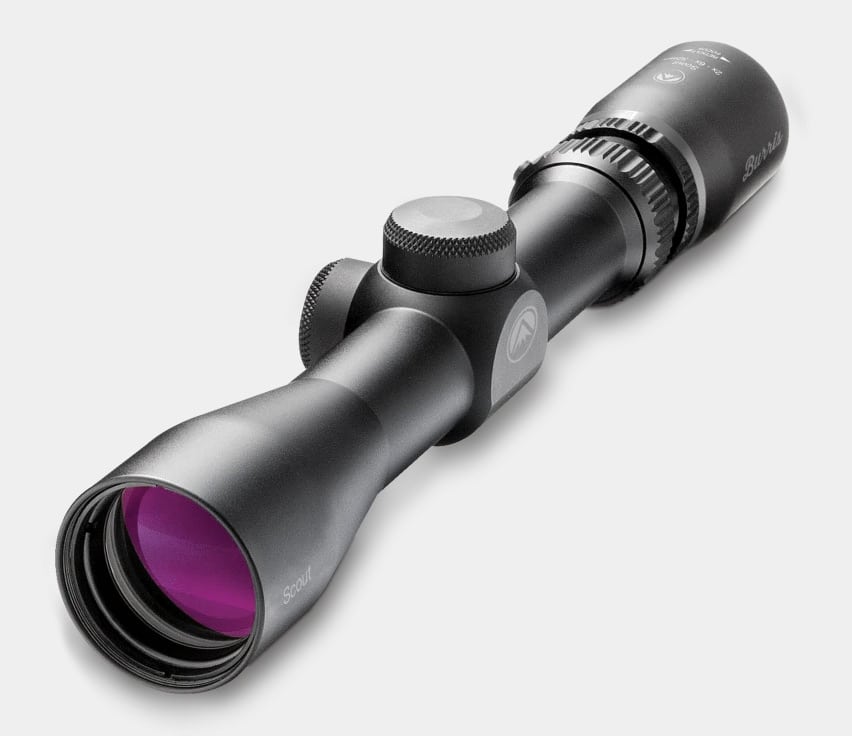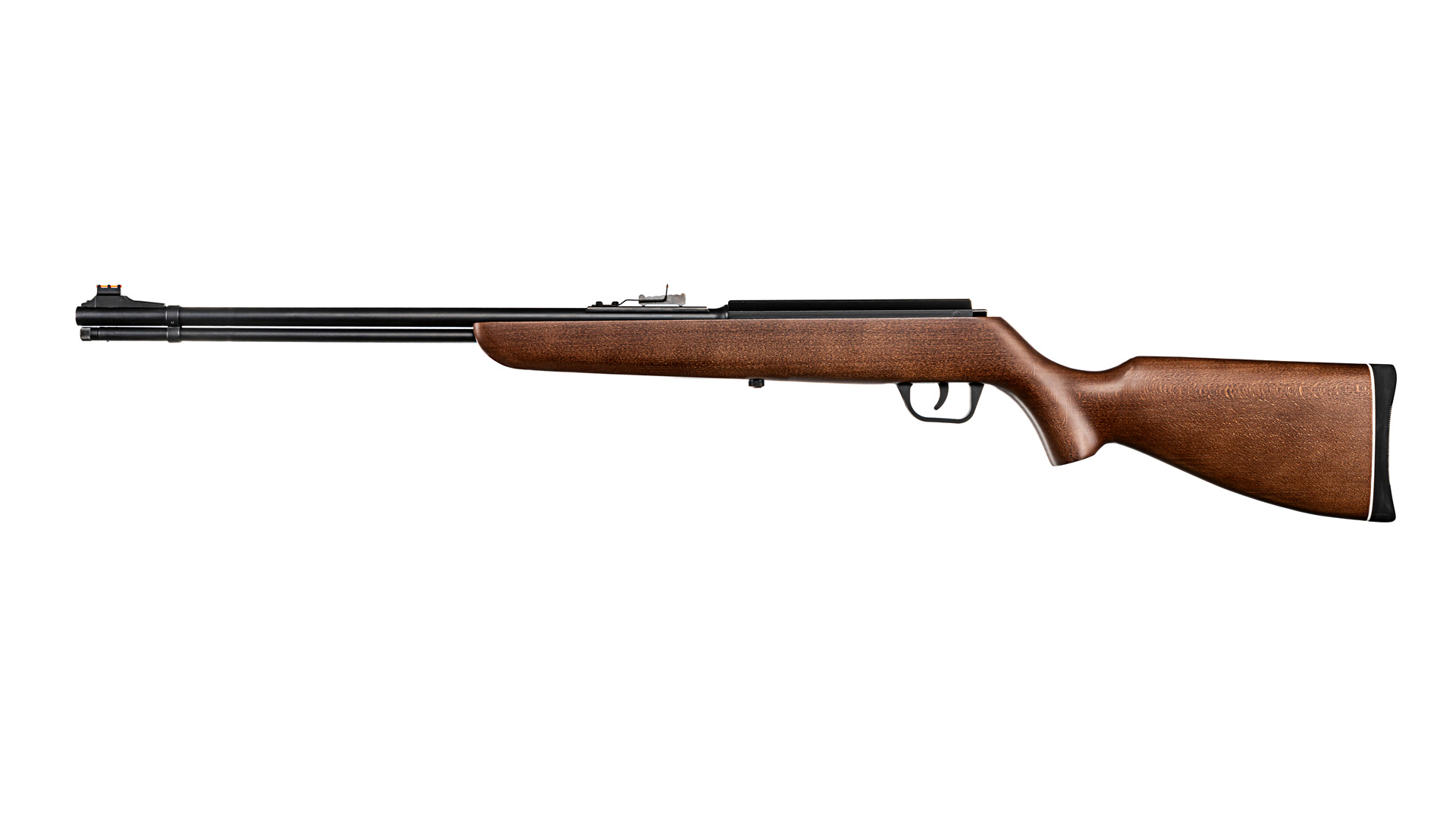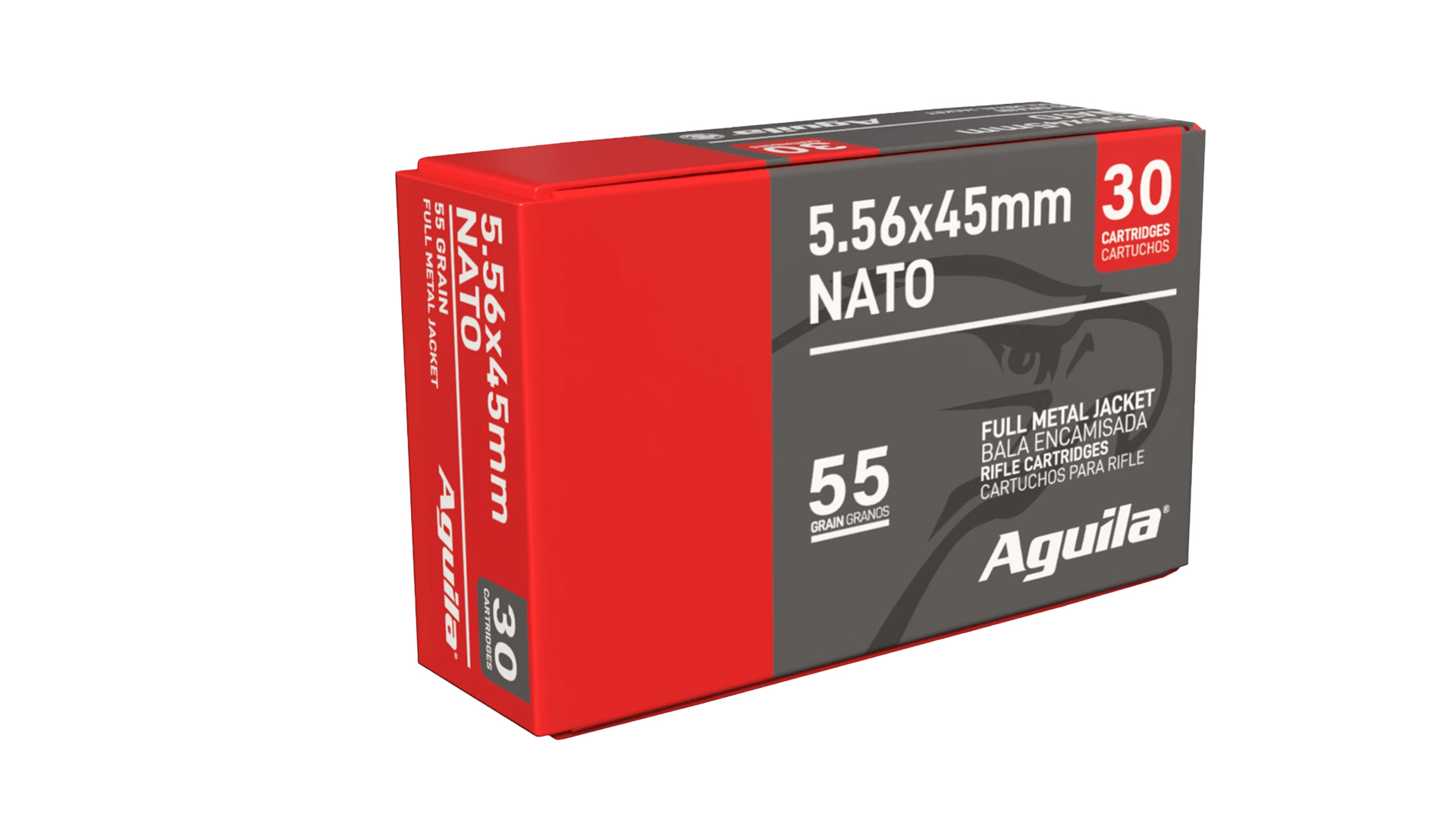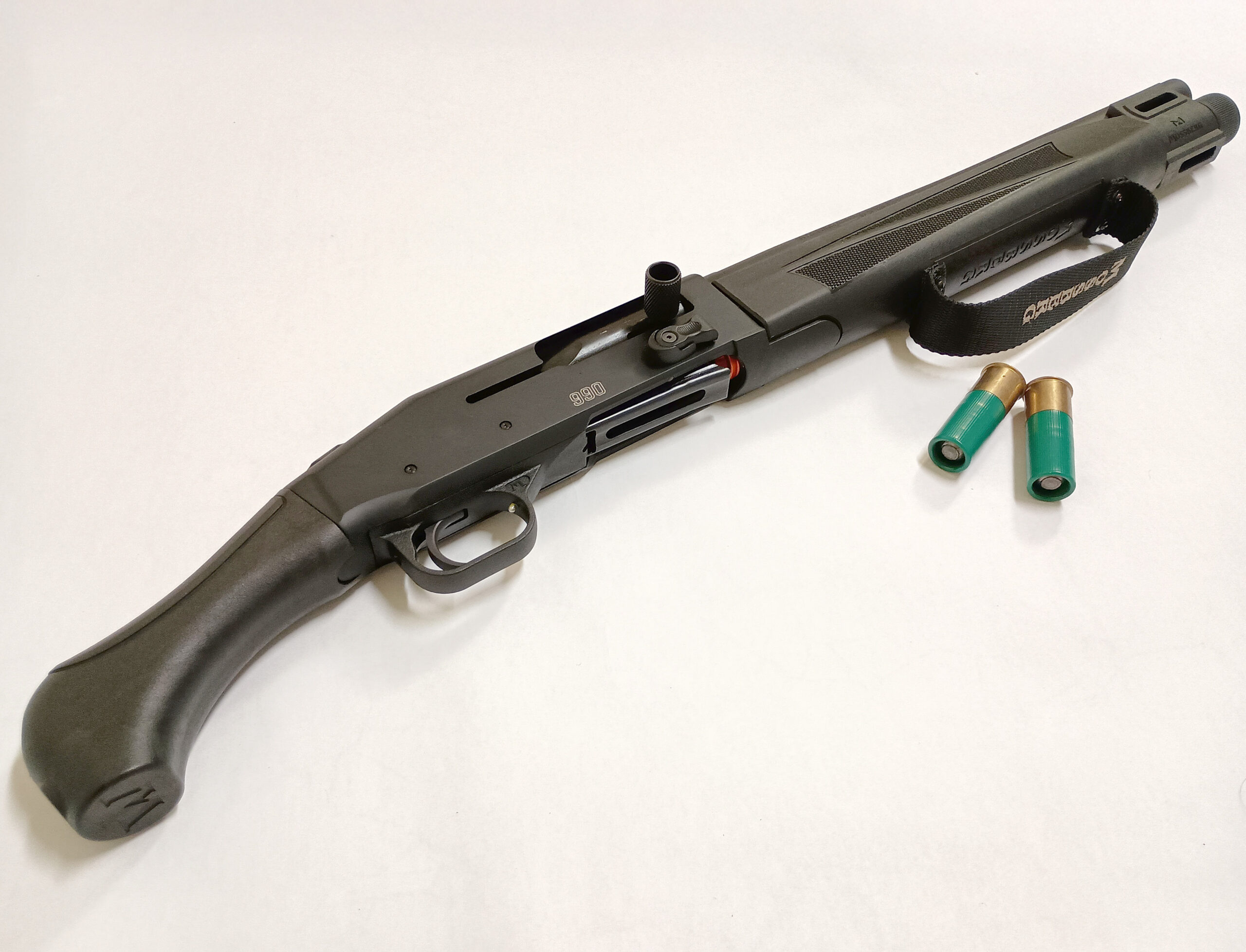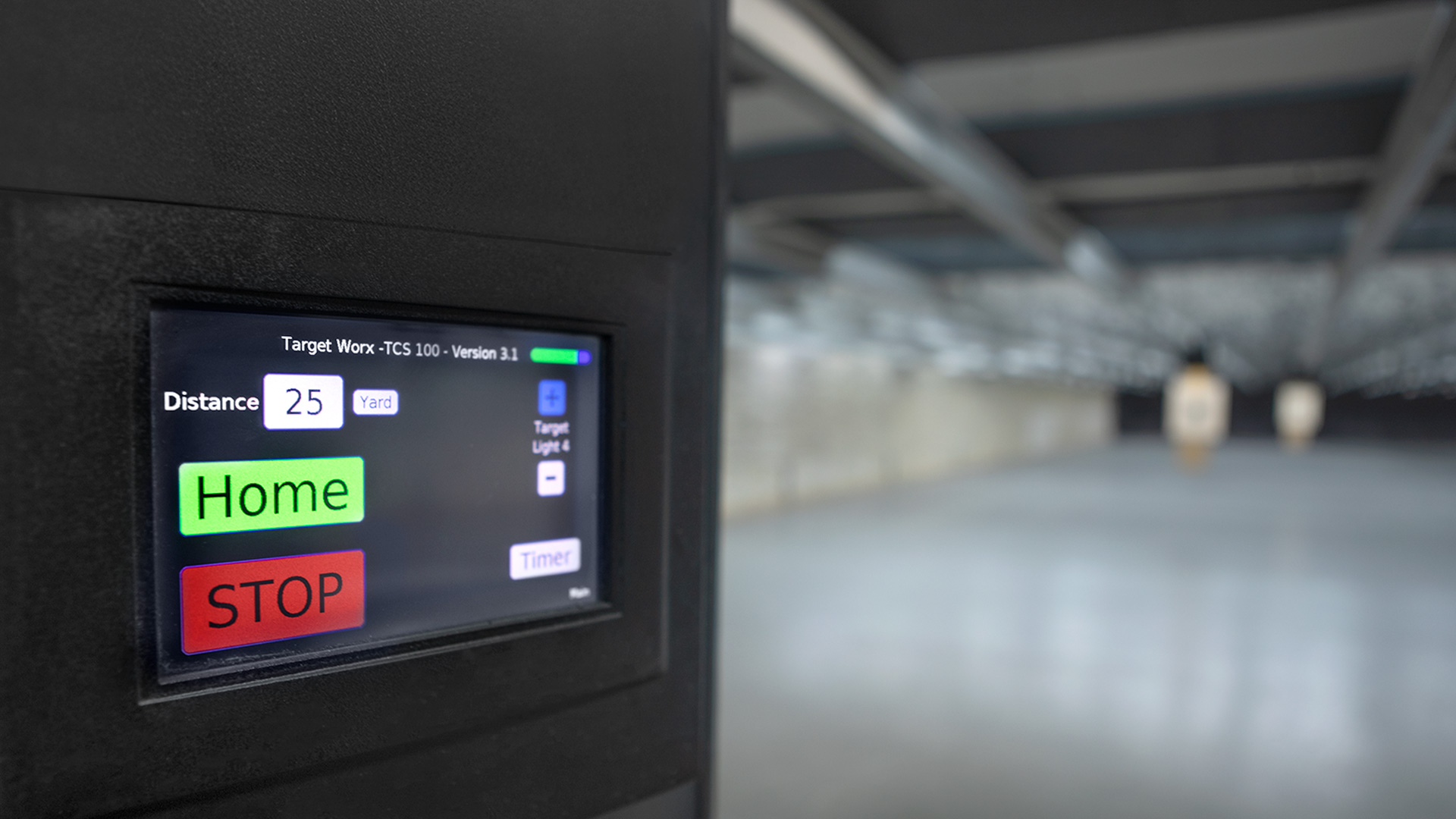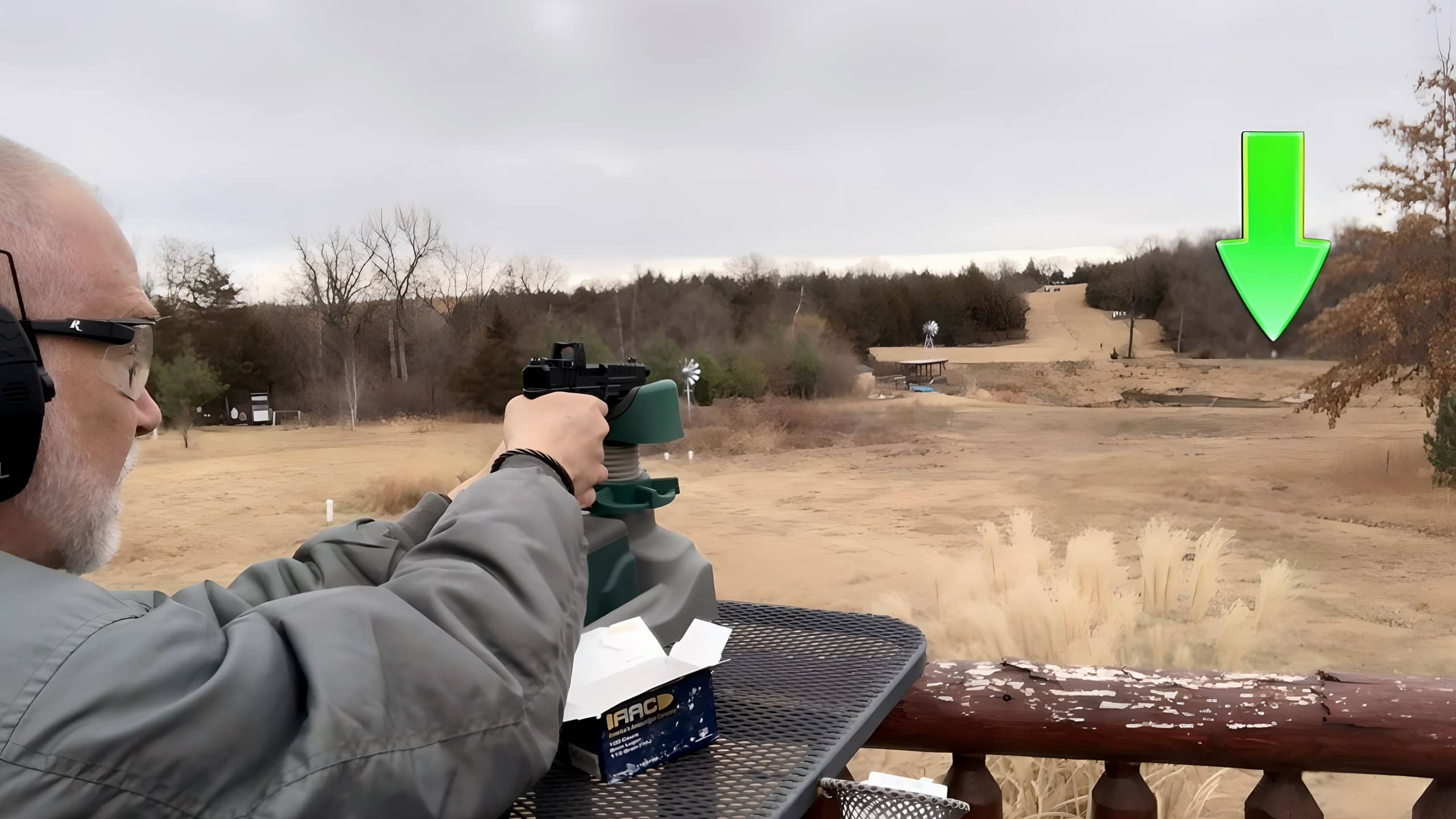Springfield Armory M1A Scout Squad Review
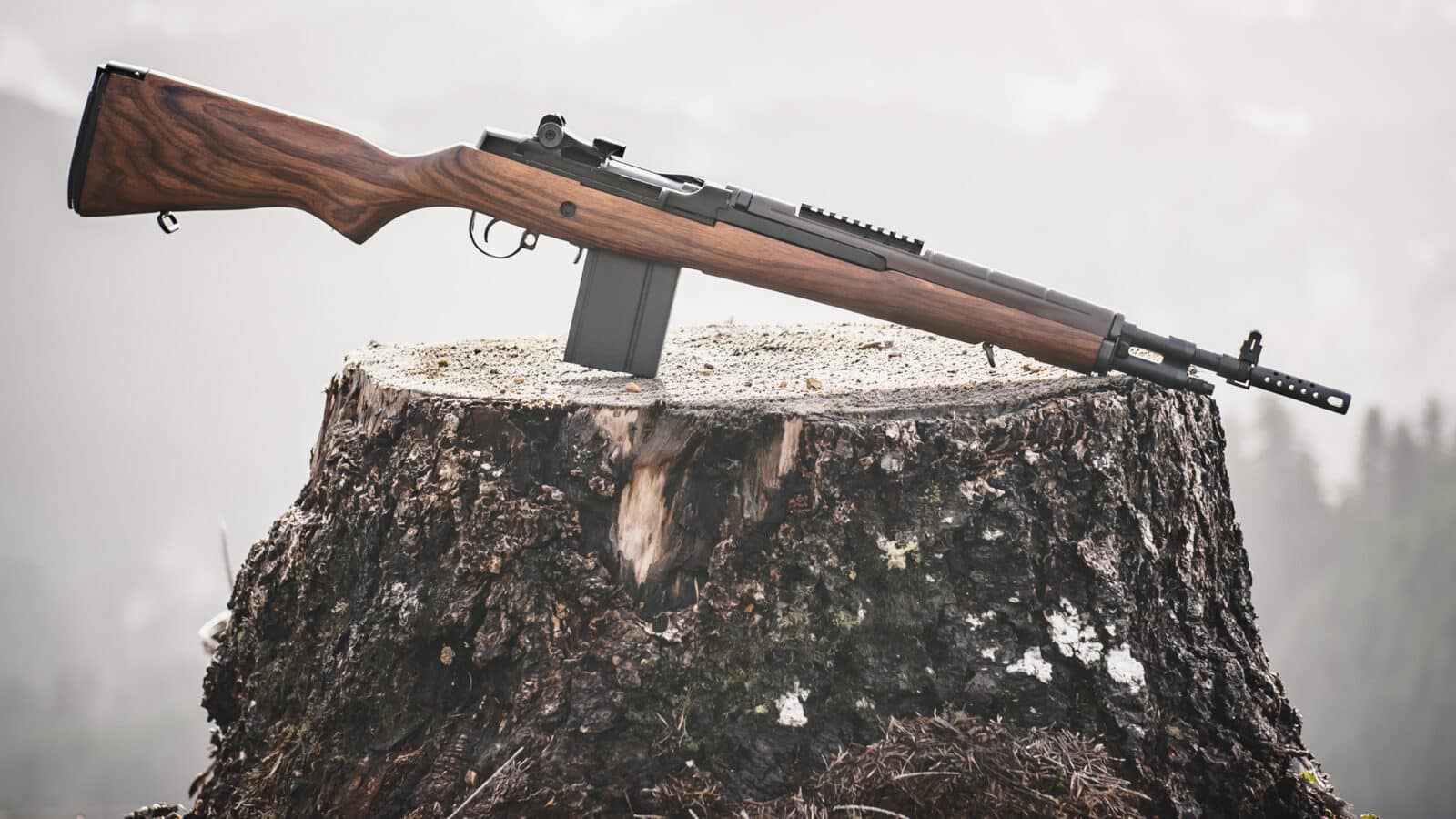
In today’s article, Joe Kurtenbach reviews the M1A Scout Squad rifle from Springfield Armory. Chambered in .308 Win., the handy semi-automatic rifle has an 18″ barrel with the company’s highly effective muzzle brake making it fast to get on target and easy to stay there. Kurtenbach offers a full evaluation of this rifle including time on the shooting range. The rifle was provided by the company for this review.
The first time I handled an M14 rifle was at Warrior Base, a training installation in the Republic of Korea, during the Spring of 2009. We were preparing for individual weapons qualifications with our 5.56x45mm NATO M4 carbines, and conducting crew-served weapons familiarization with the M240 machine guns chambered for the 7.62x51mm NATO cartridge. The Cavalry being composed of Uncle Sam’s strongest and most gifted delinquents, we had no use for the puny M249 SAW (aka M249 light machine gun) chambered in 5.56 NATO. For us, it was the 27-lb. beast, or bust.
A Rifleman and His M14
We had more than a dozen firing positions going at once, but at the end of the line was an anomaly, a lone figure prone behind a wood-stocked scoped rifle. Firing to a cadence only he could hear, the rifleman dropped target after pop-up target, clearing the outfield of green silhouettes between the 300- and 600-yard lines.
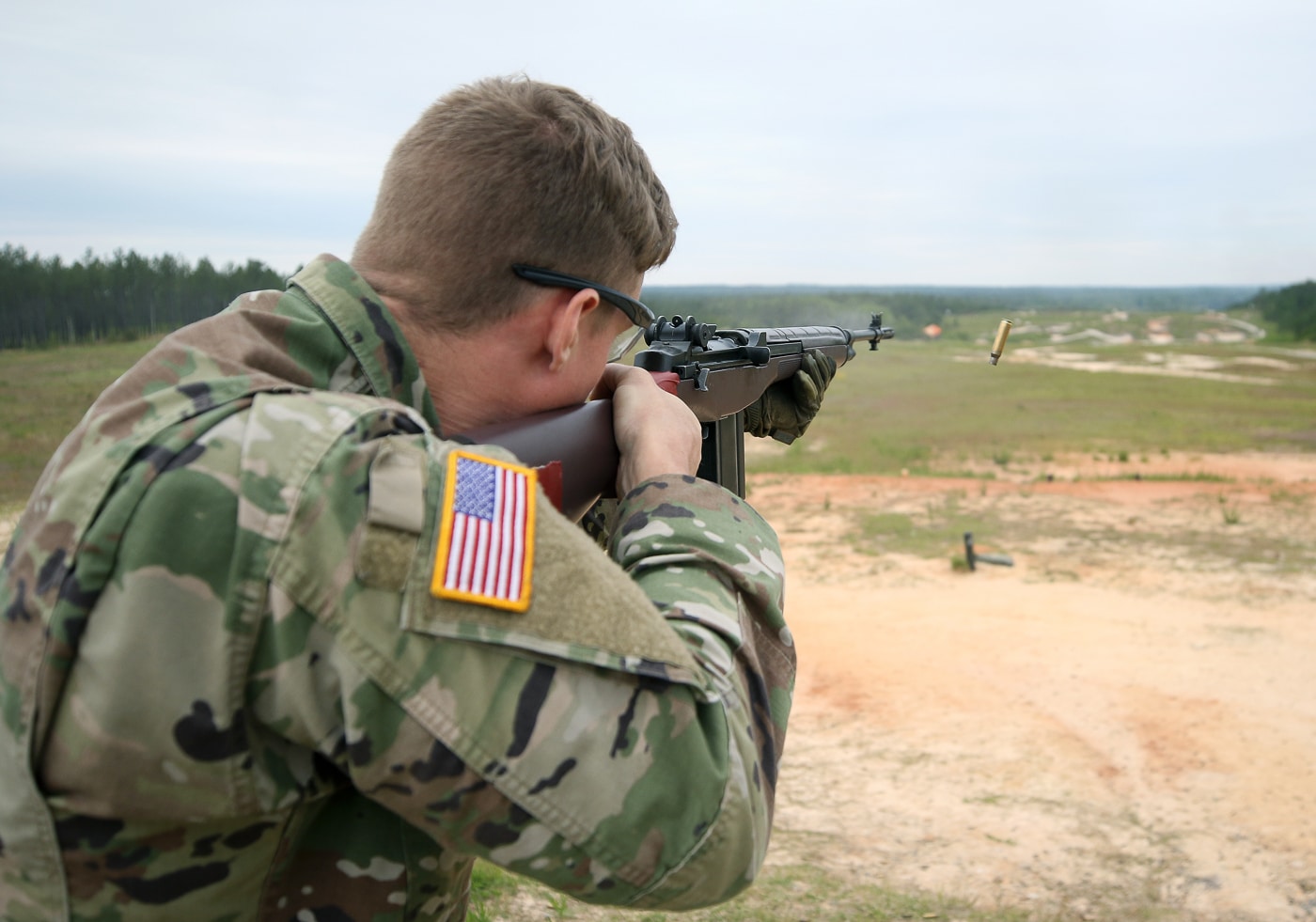
South Korea, during that time, was an interesting waystation for soldiers. It was a mix of green troopers, like me, and seasoned warriors fresh off of combat rotations. The result was a no-bullshit environment where you could get smart or get strong, and the veteran non-commissioned officers couldn’t care less which route you picked. You were going to contribute to the unit, and you were going to train.
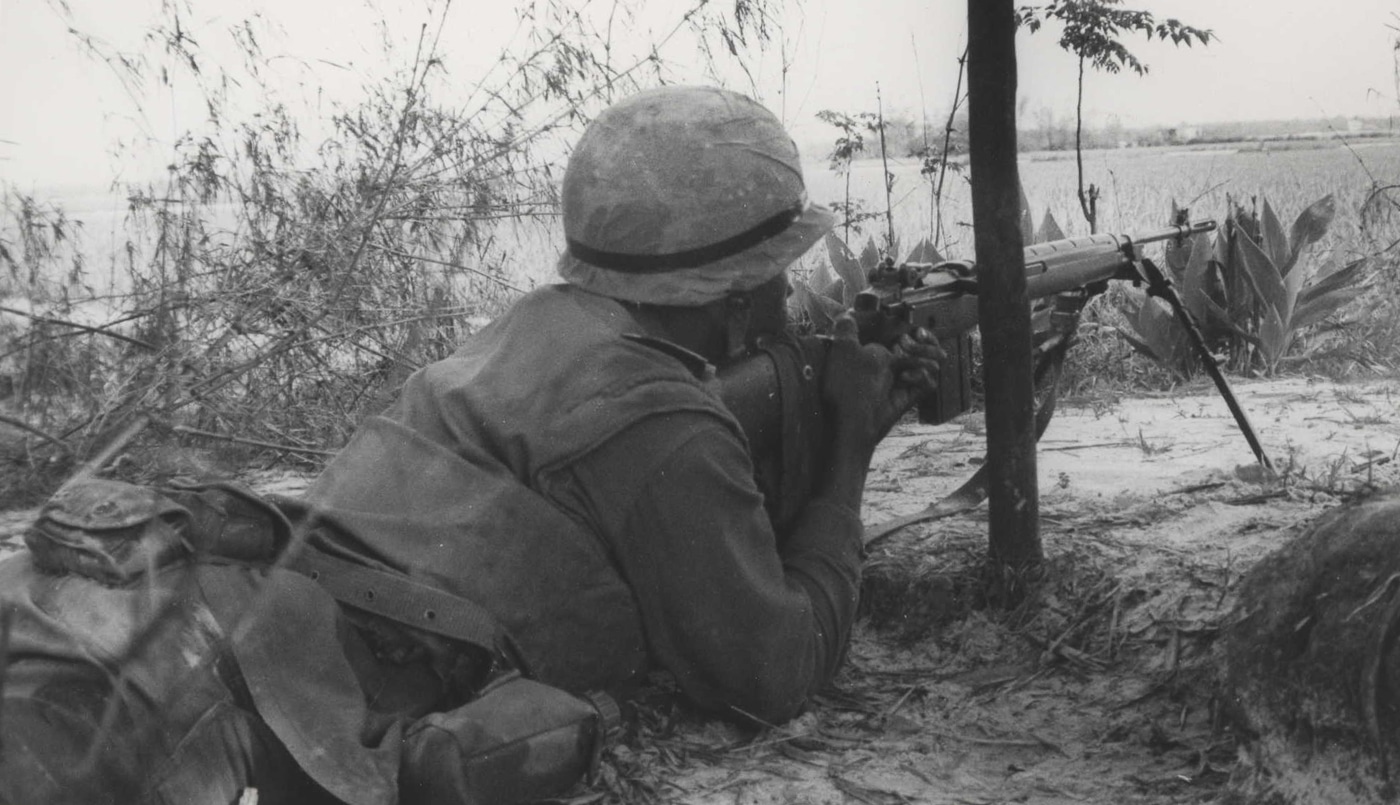
The marksman at the end of the firing line was the troop’s only sniper-qualified NCO. He was a gaunt, wiry, wraith of man. He had a temper, but also a sharp wit and a comedic gift with regard to the gallows humor that is so common in the military. In another era, we might have said he was battle-weary, and today we’d recognize symptoms of PTSD. But in 2009, right after the surge in Iraq and just before the surge in Afghanistan, he was just another cavalry trooper, and one hell of shot.
[Be sure to read M14 and the War on Terror for a veteran’s experience with the rifles in Afghanistan.]
Having assembled a small crowd of interested gawkers, the sniper stepped back from the rifle and let us all take a turn. He’d explain to each new shooter the placement of the controls and the operation of the scope. Compared to the aluminum and plastic so prevalent in the M16 rifle and M4 carbine, the M14 felt heavy and archaic — but exceedingly capable. With each press of the trigger, the buttstock thumped the shooter’s soldier with .30-cal. recoil as if to say, “Wake up, son! Keep up the fire!”
M14 Rifle Service
The M14 was adopted by the U.S. Army in the 1950s, with ties to the revered M1 Garand. It came too late for the treacherous terrain of Korea, and was deemed too long, too heavy and too wooden for the dense, humid jungles of Vietnam. By 1967, it was replaced in common issue by iterations of Stoner’s aerospace-inspired AR-15 platform in 5.56x45mm NATO. [Be sure to read Wayne van Zwoll’s article on the differences between 5.56 and .223.]
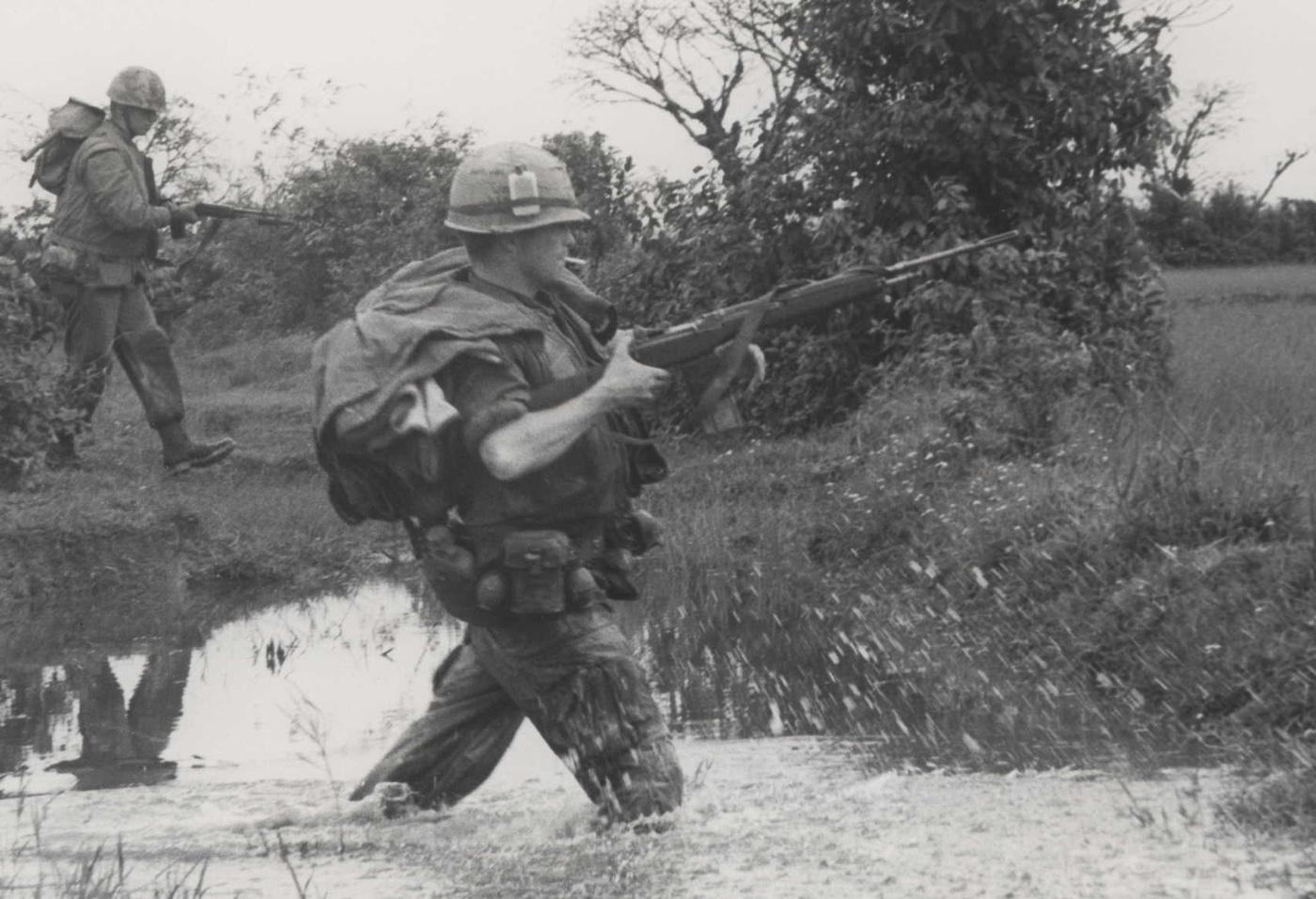
Yet, despite its relegation, the M14 and its .30-cal. 7.62x51mm NATO cartridge found a niche among military snipers and designated marksmen. The rifle’s inherent accuracy and greater power offered units a tool that hit harder and reached farther than their standard-issue long guns.
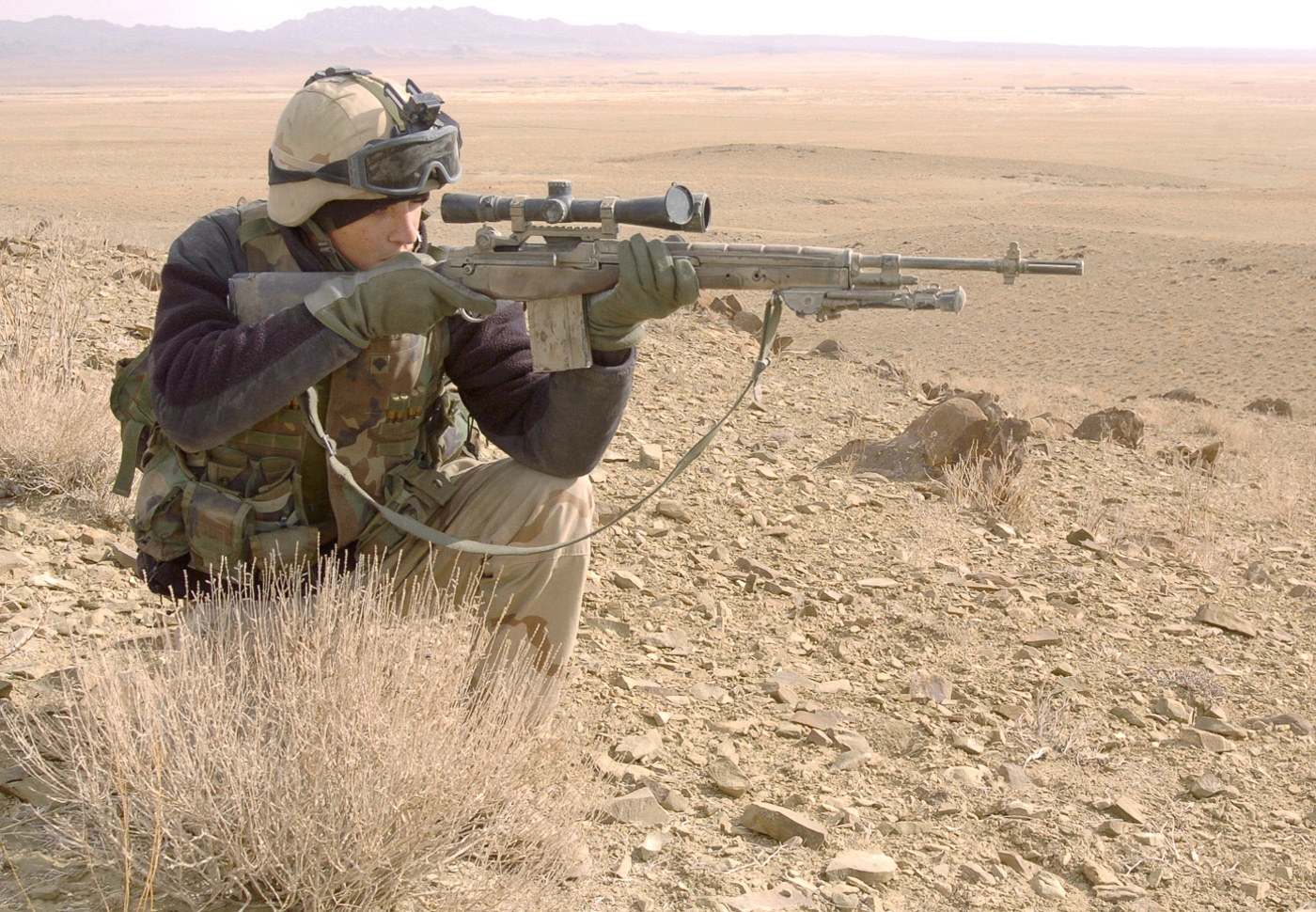
Since that day at Warrior Base, I’ve been enamored by the classic lines and ballistic utility of the M14. I was, and am, awed by the fact that a then half-century-old design was still found in U.S. Army armories across the globe. I learned a lot from my NCOs in Korea, and I did my best to make the most of my tour. I earned my spurs through mud, mountains and monsoons with Comanche Troop, 4/7 CAV. I visited the ornate palaces in Seoul and celebrated the Lunar New Year. I drank too much soju and acquired a taste for kimchi. I also fell in love with America’s last walnut-and-steel battle rifle, the M14.
About the M1A Scout Squad
If you are visiting this excellent site, you likely already know about Springfield Armory’s legacy of bringing the M14 to the commercial market as the semi-automatic M1A. Whether protecting the homestead or medaling in service rifle matches, the accuracy, power and reliability of this rifle has wide appeal among American shooters. Springfield has met that demand with a range of M1A offerings, including the Scout Squad model, reviewed here.
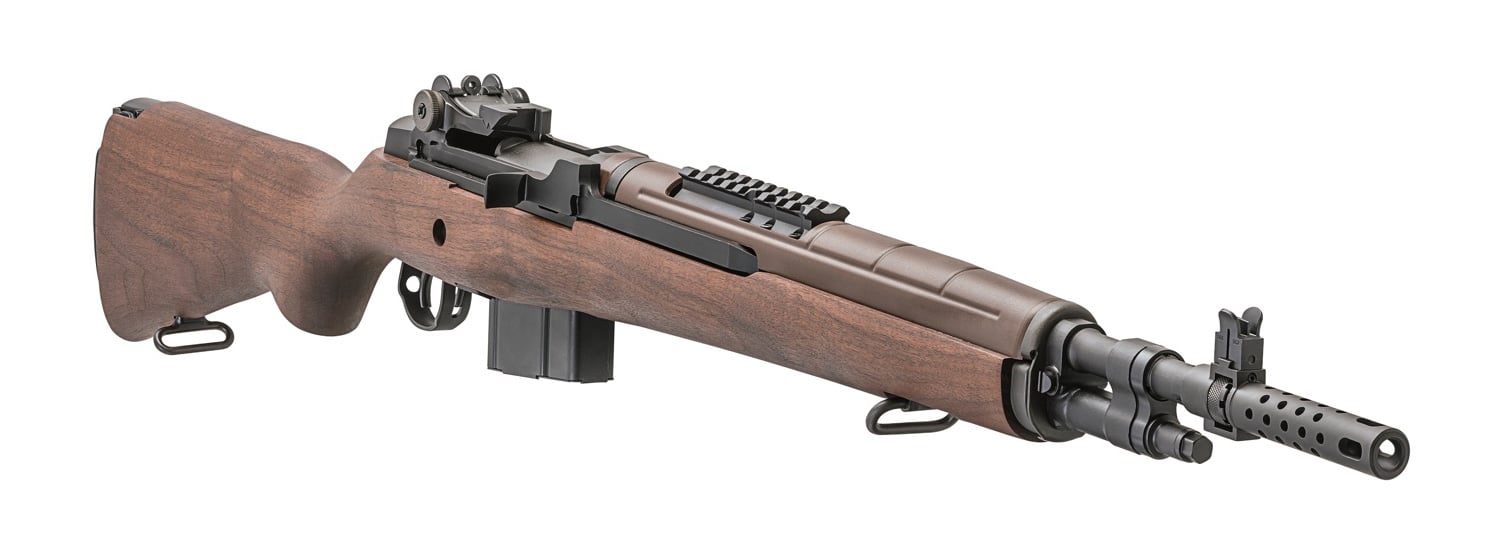
Across the line, the company has catered to the M14 purists by retaining wood stock options. Synthetic stock options are also available, and their configurations vary based on model, but the classic look and profile of the M1 and M14 are faithfully rendered in walnut to my tastes. Wood stock models also feature traditional bottom metal, flip-up metal buttplates, and sling swivels fore and aft.
Allow me a brief aside to note the quality of the wood stocks. I first saw this particular M1A Scout Squad at a television filming event, and I was blown away by how beautiful the wood was. Springfield Armory doesn’t offer graded walnut on the Scout Squad model, but the company’s standard selection would not look out of place on a sporting shotgun. It was really nice, with an even, undulating grain — I noted the serial number and asked editor Mike Humphries not to let this one back into circulation. Truthfully, though, all the specimens I’ve seen since have been equally appealing.
The Springfield Armory M1A Semi-Automatic Action
Riflemen who appreciate the classics will be familiar with the M1A action, but for those new to the platform I’ll offer a quick synopsis and help locate the controls. Like the Garand and the M14, the M1A is a gas-operated repeating rifle.
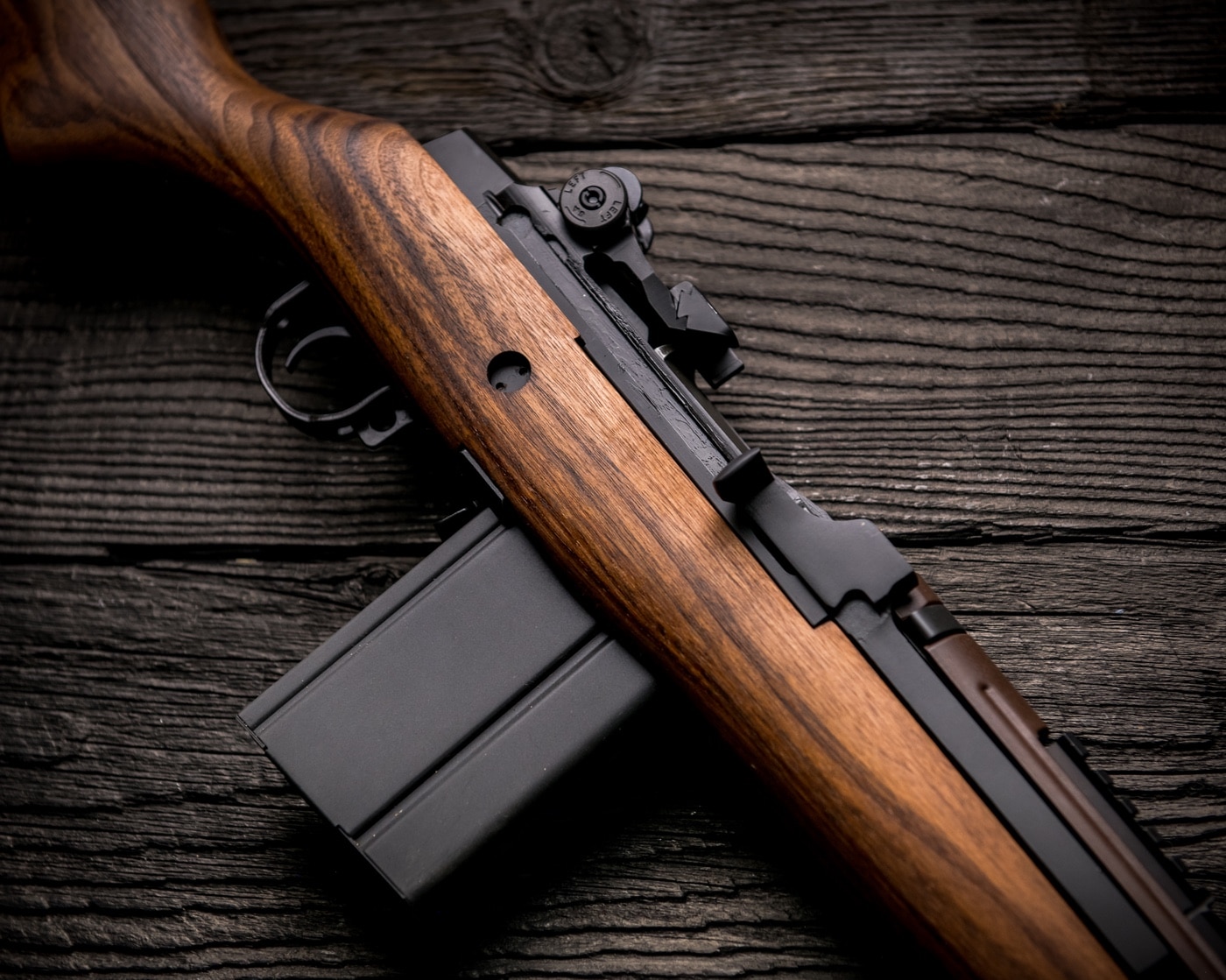
When a round is fired, pressurized gas is siphoned off the barrel to exert rearward pressure on the op rod. That pressure powers the action open, extracting and ejecting the spent cartridge case and compressing the recoil spring. As the gas pressure subsides, the recoil spring provides the forward energy required to close the action, which picks up and chambers a fresh round on its way into battery.
[Learn more about what semi-automatic firearms are here.]
The action can be manually opened by the right-side charging handle, which is integral to the op rod assembly. For those wondering, it does reciprocate during firing. A small bolt-lock tab is located on the left side of the action and will hold the bolt in the rearward position. The bolt is released by slight rearward pressure on the charging handle or pressing on the bolt-lock tab.
M1A Magazines
A primary advancement of the M14 over the semi-automatic M1 Garand was its ability to feed from detachable box magazines. Keen observers will note, though, that the M14 and M1A actions retrain the feed lips for stripper clips, which can be used as a field expedient method for topping off magazines without fully removing the gun’s ammo supply. Although 20-round magazines were the military standard, most Springfield M1A rifles ship with a 10-round unit. Increased capacity options are available from the online store.

The magazine release lever is located behind the magazine well. When a mag is inserted, simply squeeze the release tab toward the magazine and pull it free. In the same vicinity, the safety lever is located within a channel at the front of the triggerguard. In the forward position, the trigger can be pressed and the rifle will fire. In the rearward position, though, the trigger is blocked from moving.
Speaking of the trigger, it’s a two-stage national match assembly. It’s important to remember that this is a commercial product based on a service rifle design, and I’ve never met a mil-spec trigger worth a damn — excluding the M1911, of course. While the enhanced trigger on the Scout Squad hovers around the 5-lbs., 8-oz. mark, according to a Lyman digital gauge, it’s still a very clean trigger pull with a discernable wall and a crisp break.
Additional Scout Squad Features
Among the M1A rifles, two features define the Scout Squad configuration. First, the shortened barrel. Springfield Armory took the standard 22” barrel down to 18”. The pipe retains the 1:11” rifling twist rate, but the Scout Squad replaces the standard flash hider with a radial muzzle brake to help tame recoil.
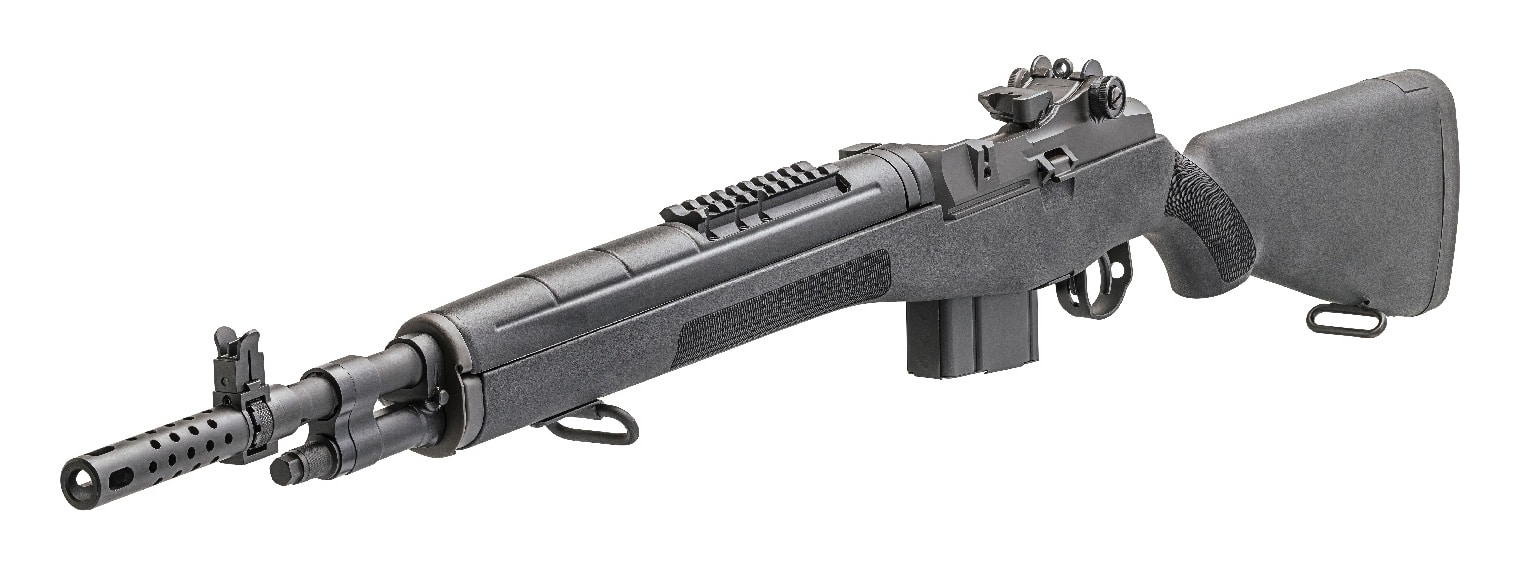
The second feature of note is a forward-mounted, 4” segment of Picatinny rail. Whether or not the “Scout” moniker for this M1A has anything to do with Jeff Cooper’s scout rifle concept, the ability to mount an optical sight forward of the action is bound to draw the comparison.
In addition to the rail, the M1A Scout Squad comes with national match iron sights. They include a 0.062” blade front and a 0.069” aperture in the rear. The rear sight is fully adjustable via the knurled dials on either side of the assembly: left for elevation, right for windage.

The rifle’s combination of features appeals to me. The Scout Squad is compact and maneuverable enough to venture forward in rugged and even urban environments. And it packs enough power to solve most problems when it gets there. From room-clearing operations to cross-canyon shots, this rendition of the M1A can answer the call.
On Target at the Shooting Range
To evaluate the M1A Scout Squad’s capabilities, it was off to the range for a variety of exercises. In order to assess the rifle’s factory sights and handling characteristics, I set up an array of target from 7 yards out to 100 yards, and engaged them from various shooting positions.
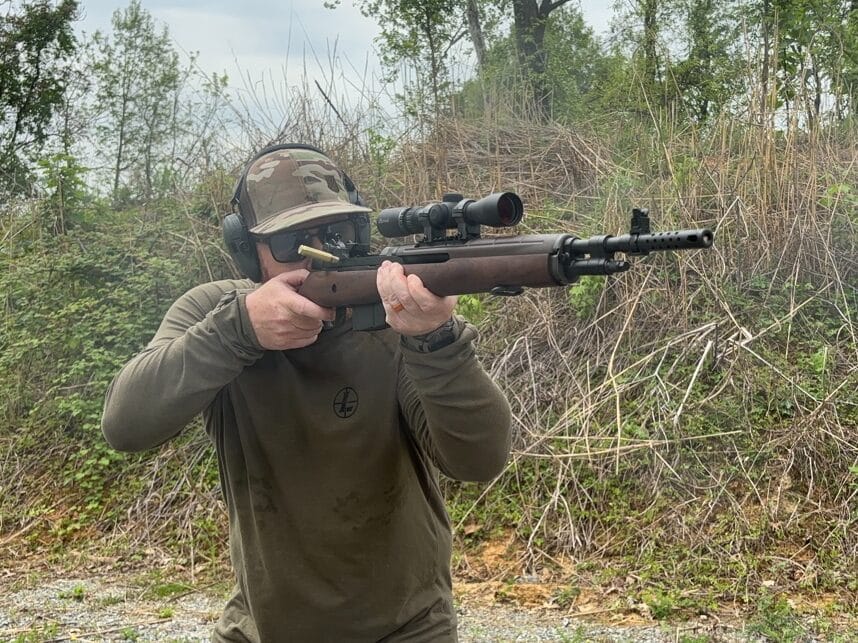
At more than 9 lbs. fully loaded, the Scout Squad is no lightweight. Still, it shoulders quickly and swings like a dangerous game rifle — quick, if intentional. Interestingly, although the stock eschews any texture or checkering so common to polymer wonder guns, the walnut shows its classic quality. A firm hold was natural, and I never felt my grip slipping during the course of fire.
The iron sights were excellent and absolutely spot-on from the factory. This was evidenced on a reduced-size 25-meter silhouette target that I engaged from standing at 100 yards. Firing a full magazine, 10 rounds, the impacts were clustered nicely in just more than a fist-size group. Aim small, miss small.
Accuracy Testing
Moving on to formal accuracy testing, I opted to add a magnified optic in the form of the Burris Scout 2-7×32 riflescope. Long-eye-relief scopes like the Burris Scout aren’t as prevalent as they used to be, but I’m hopefully that they will stick around both for scout-configured rifles and hunting handguns.
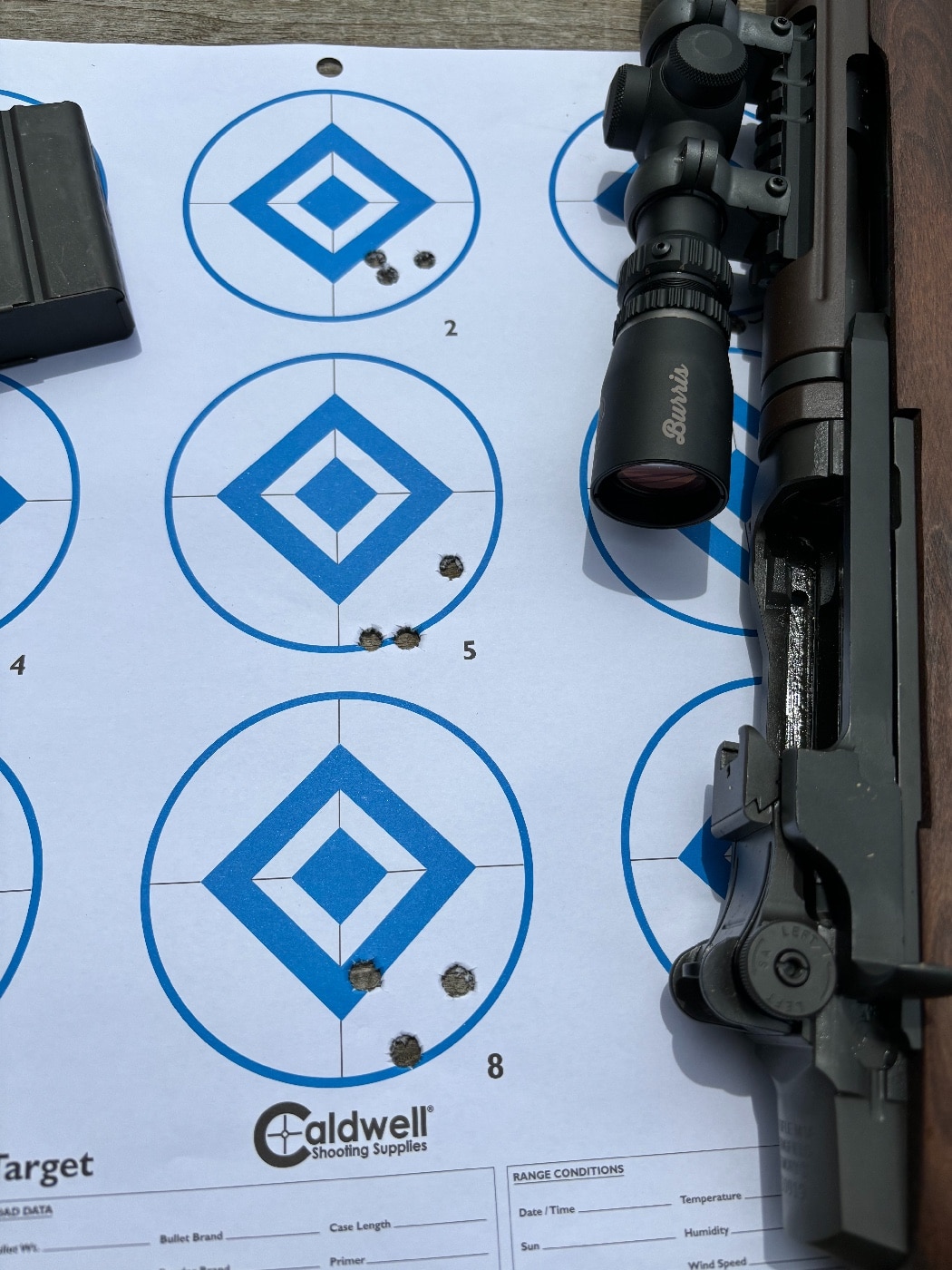
From the bench, the M1A Scout Squad proved itself to be a solid inch-and-a-half rifle at 100 yards. During my service, I was never issued a rifle that could group under 2”, so the M1A was just dandy for me. Remember, accuracy for service rifles — outside of competition shooting — is a kind of a pass/fail consideration, and a man-size target is far more forgiving than a 10-ring. This one easily surpasses that benchmark and matches more closely with its civilian roots.
Conclusion
Ultimately, in the Springfield Armory M1A Scout Squad, I found the spiritual successor to the M1 and M14. Sure, there are modern, more specialized platforms that may be lighter or even more accurate, but the robust M1A Scout Squad chambered in the reliable 7.62 NATO/.308 Win. cartridge offers shooters a Swiss army knife solution in an elegant and iconic package. I’m sold.
Editor’s Note: Please be sure to check out The Armory Life Forum, where you can comment about our daily articles, as well as just talk guns and gear. Click the “Go To Forum Thread” link below to jump in!



